LeighAnn Gholson Mission to Guatemala
Sept 30th - Oct 7th 2011
LifeNets helped sponsor LeighAnn Gholson on this mission trip...her story and photos follow.....
On September 30th, I embarked on what would be an experience of a lifetime.
First flying from Nashville to Houston, and then from Houston to Guatemala City.
After landing there the group had a 2 1/2 hour bus ride to the city of
Montellano, Suchitepequez in Guatemala. We got settled into a
dormitory-like
sleeping arrangement with bunk beds. It was an adjustment getting used to the
lack of luxuries I was accustomed to in the USA, like air-conditioning. In
Guatemala half the year is typically the rainy season and the other half of the
year is the dry season. In the beginning of October it was the rainy season, so
it was very muggy and humid, but all well worth the cause of service to others.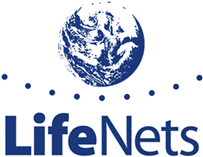
This surgical mission trip clinic usually has monthly trips, each designated to one specialty type of surgeon. The month of October this year was designated for gynecological and general surgeries. Patients had been referred to the clinic during the previous month's mission trip. I went on this trip to help provide anesthesia for the surgeries. I am currently in my senior year of Nurse Anesthesia school in Nashville, TN.
My name
is LeighAnn Gholson.
I graduated undergrad at Murray State University with a bachelor's degree in
Nursing. I then went on to work over 4 years in the Intensive Care Unit at
Lourdes Hospital in Paducah Kentucky.
.jpg) I always wanted to serve people and have
more autonomy at work. This is why I went on to achieve a graduate degree in
Nurse Anesthesia. I am currently enrolled in the program at Middle Tennessee
School of Anesthesia and am expected to graduate in November of 2012. I am over
half way through the program! I always wanted to serve people and have
more autonomy at work. This is why I went on to achieve a graduate degree in
Nurse Anesthesia. I am currently enrolled in the program at Middle Tennessee
School of Anesthesia and am expected to graduate in November of 2012. I am over
half way through the program! I was given the opportunity to go on a mission trip to Guatemala and help those underserved who have been unable to have essential procedures done. I will be helping to provide the anesthesia to these peoples. I am privileged to have been given this opportunity to serve God and to do the work that God has given my hands to do. I have always been taught
the value of serving others and serving God.
I was familiar with the work that LifeNets is doing, and thought that this would
be a good fit. Thank you LifeNets! Guatemala. |
The first day we actually started the clinic and had surgeries was Sunday. Prior to opening the clinic, about half our group walked off the clinic's campus to explore the village of Montellano. Walking down the road initially was an older woman sitting on the side of the small dusty road without shoes on her feet and who appeared to be homeless. Several dogs scurried by us with patches of fur missing and ribs showing. Some kids were running down the road without shoes, and torn clothing. Chickens were running around in various places, walking in and out of the buildings. Workers passing by on the road had huge bags of grain they were hauling on their backs. I am 5'8" and was substantially taller than most of the men from this area due to the chronic malnutrition many of these people experience. After this we walked off the dusty narrow road to a side trail that led to a river. The river was the village's only water source. There I noticed a couple girls who finished bathing in the river, where they also had clothes hanging up to dry that had just been cleaned in the river, and one was holding a plucked chicken and appeared to be washing it off in the water as well. Many of the buildings had thin walls, such as plywood, with tarp like roofing. This walk really helped to open my eyes.
Walking into the clinic was a unique experience in and of itself. The patients scheduled for surgery in the morning would be lined up against the wall in plastic chairs with their IV fluid bag hanging from a chain coming out of the ceiling. There were no IV pump machines. This patient population was primarily Spanish-speaking which helped me brush up on my Spanish even though I spoke only an apprentice amount of Spanglish before this trip. There is no air conditioning except for a window unit in each of the three operation rooms. The anesthesia machines were "vintage" models and had never used many of the models of the equipment before. Even though all the equipment worked and was operational, it still took much improvisation due to lack of compatibility between equipment pieces due to products being provided primarily through donations. Instead of being wheeled back to the OR on a stretcher, I would walk my patients back to the OR. Many people would be walking barefooted. Very few patients had shoes, and if they did it was very hard to get them to be willing to take them off during surgery. Many patients seemed resistant to taking off their shoes due to a fear of them getting lost and not being able to replace them.
Most of our procedures were completed under spinal anesthesia. It allowed a quicker turn over time and helped move things to move along so the surgeons could help more people. I never heard one patient complain. Even if the patient's surgery was scheduled to be the last one (5pm) that day, they would never mention one single word about being hungry. They showed such appreciation. In the recovery room the beds were lined up in two rows. There were no drapes or screens separating one patient from another. This is where Good News magazines were placed and most were taken by patients coming through that area.
While it may be uncertain what the full magnitude and impact of leaving the Good News in the recovery rooms may be at this time, I am certain that God led me to this clinic. By many contributions which includes LifeNets I was able to go and serve these people. I prayed and asked God to work through my hands to allow me to serve. This has forever changed my life and I am thankful for this experience. Its allowed me to have a great perspective in my own life, and to realize what is truly important. There is also an added strength to my faith and belief that God will provide. Thank you.
![]()
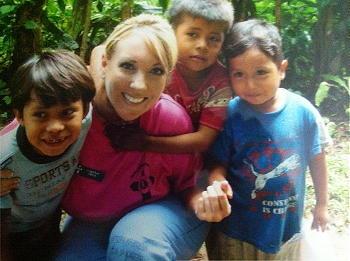


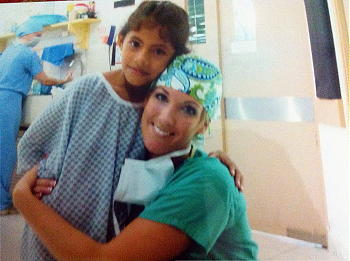
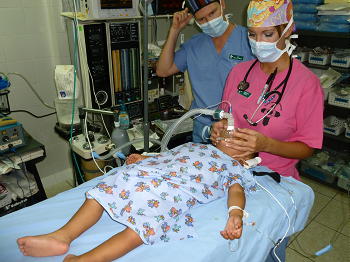
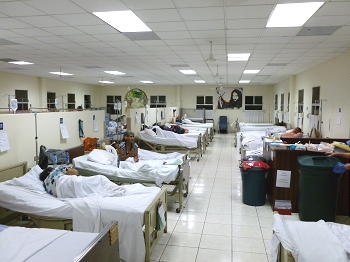
.jpg)